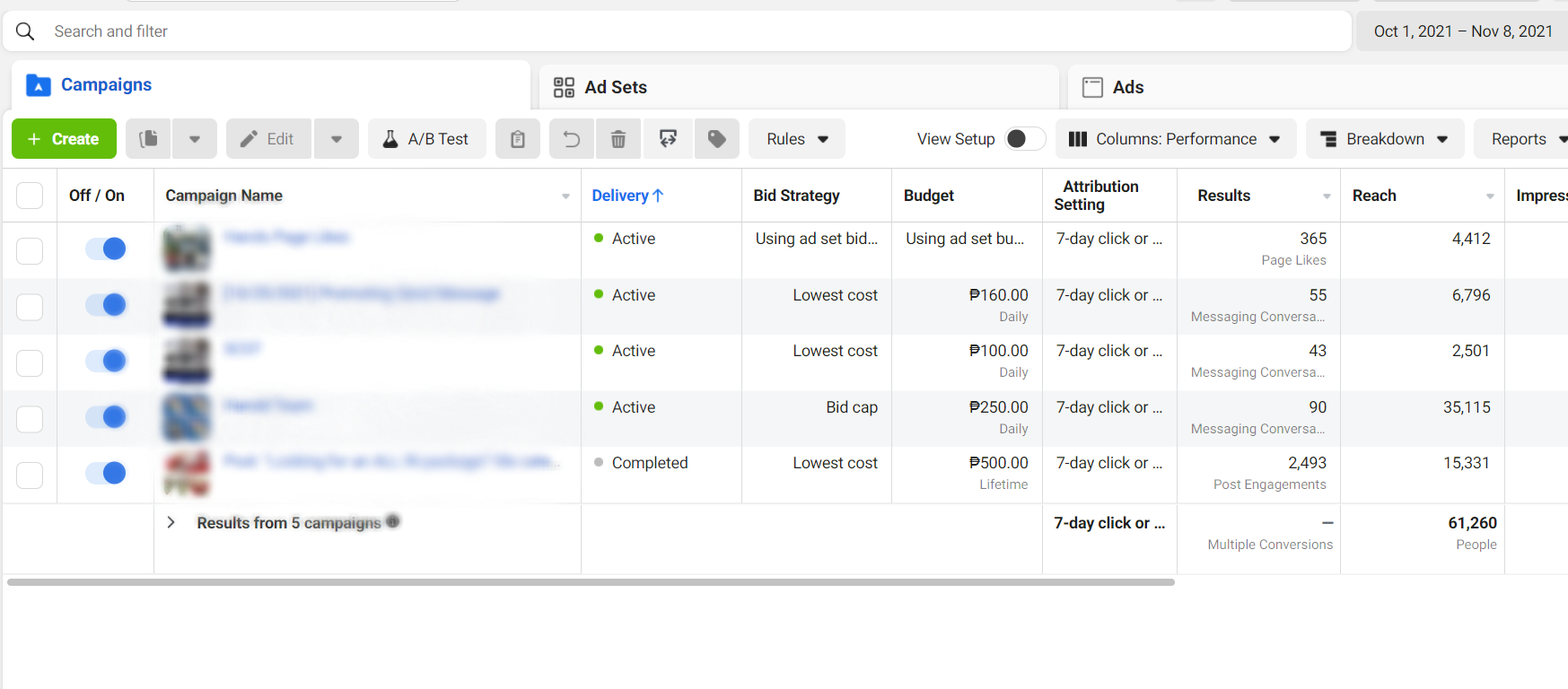Virtual assistant work is a relatively new field, where staffers work remotely to provide clerical, administrative, and marketing assistance for their employers. It gained greater focus thanks to the pandemic, whose imposed restrictions to on-site work meant that companies had to find ways to get some of their vital work done by other means. Their flexibility means extra savings for the employer (as they don’t need office space and gear, and they are working on a contractual basis) and the virtual assistant can work at their own time and from the comfort of their own home.
A large number of fields send out work to virtual assistants every day, as they cover a wide variety of vital tasks that don’t need onsite work to fix. For example, a real estate agency can hand off most of its administrative tasks, allowing the brokers to focus on closing deals. How exactly does a real estate virtual assistant help realtors?
Administrative Assistance
The field of remote assistants started out as an offsite alternative to secretaries. While the growth of this field has led to more responsibilities for these kinds of staff, administrative work still remains a core service for them. Virtual assistants can take of the most critical clerical jobs, which include:
- Communicating with potential clients and keeping in contact with business-to-business partners
- Handling appointments and scheduling
- Recording and cataloging minutes of important meetings
- Database management
- Keeping property management systems up to date
Operational Support
Virtual assistants can diversify their skill sets to better handle the jobs that their employer assigns to them. Many real estate assistants thus gain the necessary skills to not only support the realty for clerical work, but for operational jobs, as well. This means that a real estate virtual assistant can
- handle schedules of property showings or maintenance
- assist in recruiting and onboarding new agents
- data entry and management for new, featured, and sold properties
- maintaining communication with current and potential clients
These skills can help reduce the workload of a real estate agency’s departments, allowing them to meet their quotas quickly and efficiently.
Sales Support
More seasoned virtual assistants can also cover tasks related to sales and leads. These types of assistants have a strong real estate background, understand real estate market trends, and are familiar with the customer base. Real estate virtual assistants with the real estate sales skills can handle customer resources management software, sales and performance report compilations, pursuing and cold-calling potential buyers, monitoring and tabulating seller performance, and keeping abreast of market trends.
Digital Marketing
Real estate virtual assistants can fill the important role of online marketing services to help expand a realty’s exposure to a digital landscape. Many of these staffers have the essential knowledge of SEO and content management to help bring more traffic to a real estate agency’s site. Others are more experienced in social media and can provide insight on how to establish and maintain campaigns on popular platforms like Twitter or YouTube. Veteran staffers with a coding background can also take over front- and backend support for the brand’s website, as well as their promotional material.
Planning the Workload
Real estate virtual assistants are flexible and can cover a lot of spots for a real estate firm, but they’re not invincible. They can only take on so many roles within a real estate firm before they fall behind or outright suffer from the strain. They may be getting jobs that would require at least a team of offsite staffers to handle.
Before hiring a real estate virtual assistant, consider the following:
- which tasks are the most time-consuming
- which jobs are the most difficult to handle with the on-site staff’s current workload
- what is the aim of the potential hire
- potential fees
- location of offsite staffers
- work experience and skills
- amount of time that the virtual assistant will be needed
- level of onboarding needed for the offsite staffer (a simple manual versus a full orientation)
Real estate virtual assistants handle many of the crucial in-between work so that realtors can focus on building up their client base. However, the partnership can work only if the realtor understands what type of virtual assistant they need. Ask a reliable real estate virtual assistant provider about what works best.



 There are a number of factors that influence what you see in your For You page. TikTok recommends videos based on (but not limited to):
User interactions – videos you like or share, comment on, or the kind of videos you create.
Your device and account settings – device type, language settings, and country settings.
Video information – the background music, captions, and hashtags used in the video.
Along with other factors, TikTok makes every For You page unique to its user and their interests. This unique algorithm actually makes videos reach more people. You do not need thousands of followers to have your video go viral.
There are a number of factors that influence what you see in your For You page. TikTok recommends videos based on (but not limited to):
User interactions – videos you like or share, comment on, or the kind of videos you create.
Your device and account settings – device type, language settings, and country settings.
Video information – the background music, captions, and hashtags used in the video.
Along with other factors, TikTok makes every For You page unique to its user and their interests. This unique algorithm actually makes videos reach more people. You do not need thousands of followers to have your video go viral.
 Even though this platform is not even a decade old, content marketing has become increasingly popular on this app. TikTok’s platform has over 600 million monthly active users making this app too hard to pass up when you want to reach as many people as possible.
TikTok users are usually of the younger generation. According to the latest statistics, roughly 50% of its users are under the age of 34 and spend an average of 52 minutes per day on the app. In terms of marketing, businesses can make use of the TikTok influencer marketing strategy to reach a younger audience.
Because of the hashtag feature and how their algorithm works on TikTok, it has helped businesses reach their target market and get millions of views. This in turn was deemed good for both the social media app and companies who made use of this feature.
TikTok isn’t showing signs of slowing down. It has a highly engaged community that produces limitless content. The best thing about TikTok is that they make their users feel valued because the app caters to their interests while also creating opportunities for companies to grow their businesses through
Even though this platform is not even a decade old, content marketing has become increasingly popular on this app. TikTok’s platform has over 600 million monthly active users making this app too hard to pass up when you want to reach as many people as possible.
TikTok users are usually of the younger generation. According to the latest statistics, roughly 50% of its users are under the age of 34 and spend an average of 52 minutes per day on the app. In terms of marketing, businesses can make use of the TikTok influencer marketing strategy to reach a younger audience.
Because of the hashtag feature and how their algorithm works on TikTok, it has helped businesses reach their target market and get millions of views. This in turn was deemed good for both the social media app and companies who made use of this feature.
TikTok isn’t showing signs of slowing down. It has a highly engaged community that produces limitless content. The best thing about TikTok is that they make their users feel valued because the app caters to their interests while also creating opportunities for companies to grow their businesses through 



